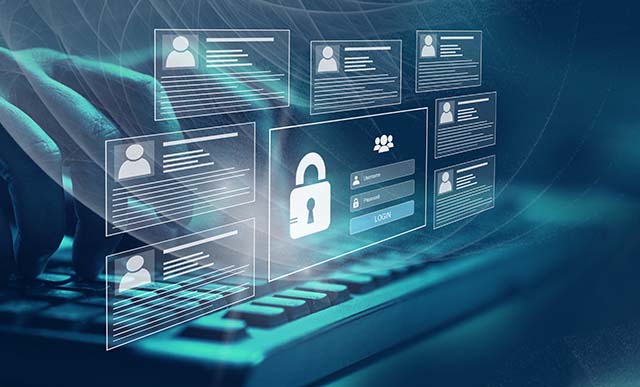Mitigating Risks by Moving on from Manual Controls Monitoring
Meet the Authors
Key Takeaways
As the IT environment grows more complex, workloads and applications move to the cloud and employees work remotely, there is a growing issue of control oversight.
Additionally, due to the structure of the SAP system, many vital business processes reside in SAP, exposing it to the risk of cyber attackers and general internal control weaknesses.
Innovative platforms like Pathlock's continuous controls monitoring can help SAP users cost-effectively move on from manual handling, improving internal monitoring and ensuring compliance with risk management policies.
SAP users are aware of how important it is to develop a thorough risk management policy, especially in the age of constant digital transformation and modernization. As the IT environment grows more complex, workloads and applications move to the cloud and employees work remotely, there is a growing issue of control oversight.
With the required speed-to-market and demands for efficiency, organizations cannot afford to trust manual handling to maintain internal controls. The challenges that SAP users can face while using it include ineffective communication, disruptive risks from global issues like epidemics, complex regulations and the high cost of manual security controls.
Moreover, due to the structure of the SAP system, many vital business processes reside in SAP, exposing it to the risk of cyber attackers and general internal control weaknesses. To help mitigate these risks and make processes easier and more efficient, third-party providers are developing platforms that can provide the necessary automation and security.
Explore related questions
Enter Pathlock’s continuous controls monitoring (CCM) technology. CCM is an automated suite aimed at overviewing risk quantification and transaction monitoring, configuration change monitoring, business process control management and manual process control management within a centralized, automated system.
As an official SAP partner, Pathlock’s CCM can be especially useful for SAP environments because of the system’s complexity and criticality. Some of the benefits that SAP users can extract from deploying CCM are minimization of financial losses, enhanced reporting accuracy, optimization of audit planning, strengthened cybersecurity posture, increased process efficiency and more.
While the world is watching growing risks from cyberattacks and global instability, companies can secure their future by adopting innovative platforms that utilize technology for the benefit of business. Innovative platforms like CCM that support the custom control and risk management requirements of IT, HR, Finance and Audit can help SAP users cost-effectively move on from manual handling. This investment will result in improved processes, satisfied regulatory mandates, proven compliance, achievement of governance objectives and mitigation of security concerns.






